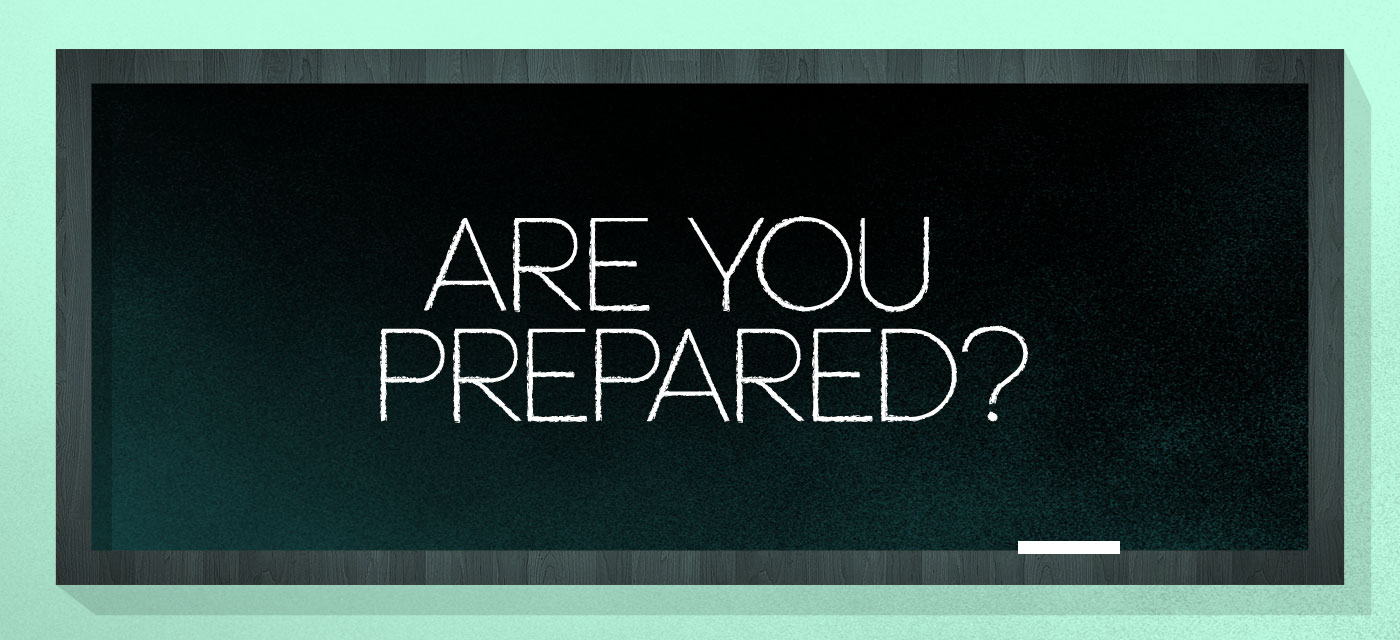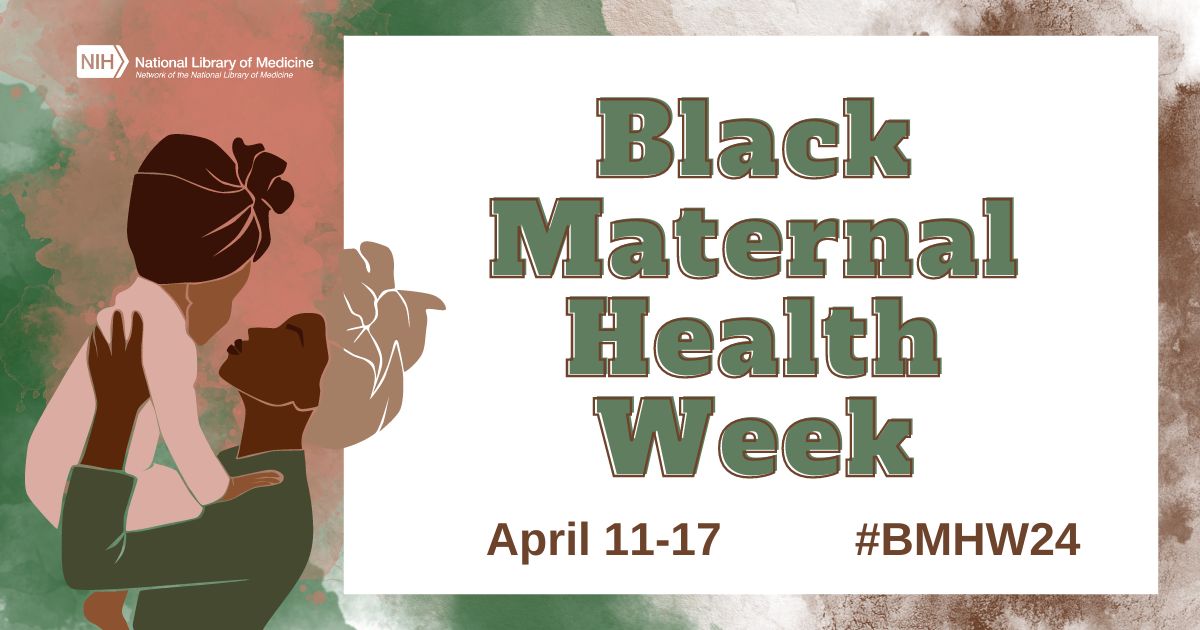Safety First. (And Second. And Third.)

Many people consider libraries a “safe place.” They are generally, with a few exceptions, safe from robberies, hostage situations, violent crimes, and the like. Unfortunately, there is one hazard that is unavoidable in any part of the world: natural disasters. While libraries are not impervious to Mother Nature’s wrath there are many ways library workers can rise from the ashes to help a community in need. While this begs the question, “What can I do to prevent a natural disaster?” it is obvious that the answer is nothing. It is possible, however, to take steps to make your library safer during emergencies and to help those around you.
There are different protocols for different types of disasters but there are also many overlapping procedures as well. I work in a low-laying area, merely 20 feet above sea level. After the 2011 earthquake that rocked Japan; Santa Cruz, California was put on tsunami alert. The coastal road that the Live Oak branch of the library rests on was shut down. The tsunami wrecked the local harbor but the library went untouched 1. As well as tsunami warnings, we also have an extensive list of what to do during an earthquake. If we are of sound mind after an earthquake we are to shut off gas and water mains, extinguish small fires, evacuate the building, and even–if possible—carry out a person in a wheelchair.
Renee Blalock, Director of the Birmingham Public Library (BPL) in Alabama, versed me on what her libraries, located in Tornado Alley, do in case of such emergencies. The Pratt City branch of BPL was hit by a mile-wide tornado back in 2011 and lost its roof 2. Luckily, nobody at the library was hurt. Blalock said that if the city closes the library follows suit, but if a tornado were to hit out of the blue, “We have designated safe areas at all of our libraries such as basements, hallways with no windows and away from the exterior, bathrooms, etc 3” (Blalock 2012). While rebuilding the Pratt City branch, they intend to install a safe room that will house 25-30 people.
Jessica Styons, Director of Branch Services at New Orleans Public Library in Louisiana says that before hurricane season, they ensure their branches are stocked with necessary goods. The Director and Administrative staff members meet and set up an emergency closing plan and also then work together to reopen as quickly as possible. Since many libraries on the coast and down south are at the mercy of hurricanes it is good to know there is a solid plan of action. Styons says that in addition to “opening whatever facilities we can ASAP (regardless of whether city offices have reopened)… we allow relief agencies such as FEMA to set up in our meeting rooms to serve the public 4” (Styons 2012).
Of course every library is going to have a different idea of what to do during a natural disaster but one thing that we all have in common is the safety and well being of our communities. Some city employees are encouraged to come into work after a disaster to help tend to the sick, injured, and helpless. Others give out donations of food and shelter. Some libraries, such as the ones near Pratt City and others—more recently—on the east coast offer extended hours and many, many plugs for people to charge their electronics and contact loved ones 5. It is important that every employee understand how to act effectively during an emergency situation so using staff meetings to refresh staff about disaster preparedness is a good thing. You can also improve on your branch’s own plans by talking with other local branches and even other library systems in your same disaster-zone. Public resources such as www.fema.gov and www.cdc.gov also provide tips on how to protect your business 6. While we can’t stop a disaster from happening we do have the power to make sure our libraries stay as safe a possible. After all, aren’t we always told, “Safety first?”
REFERENCES AND NOTES
- Stephen Baxter, “Authorities Reflect on Tsunami Response,” Santa Cruz Sentinel (2011), (accessed November 4, 2012).
- Goldberg, Beverly. “Tornados Rip Apart Several Libraries in the South.” American Libraries, May 4, 2011. (accessed November 4, 2012).
- Renee Blalock, (Director of Birmingham Public Library), interview by Jennifer Hooker, Gmail.com. November 2, 2012.
- Jessica Styons, (Director of Branch Services), interview by Jennifer Hooker, Gmail.com. November 4, 2012.
- Patrick Stapleton, “Harrison Library Open Post-Sandy,” Harrison Daily Voice (2012), (accessed November 4, 2012).
- http://www.fema.gov/protecting-your-businesses








